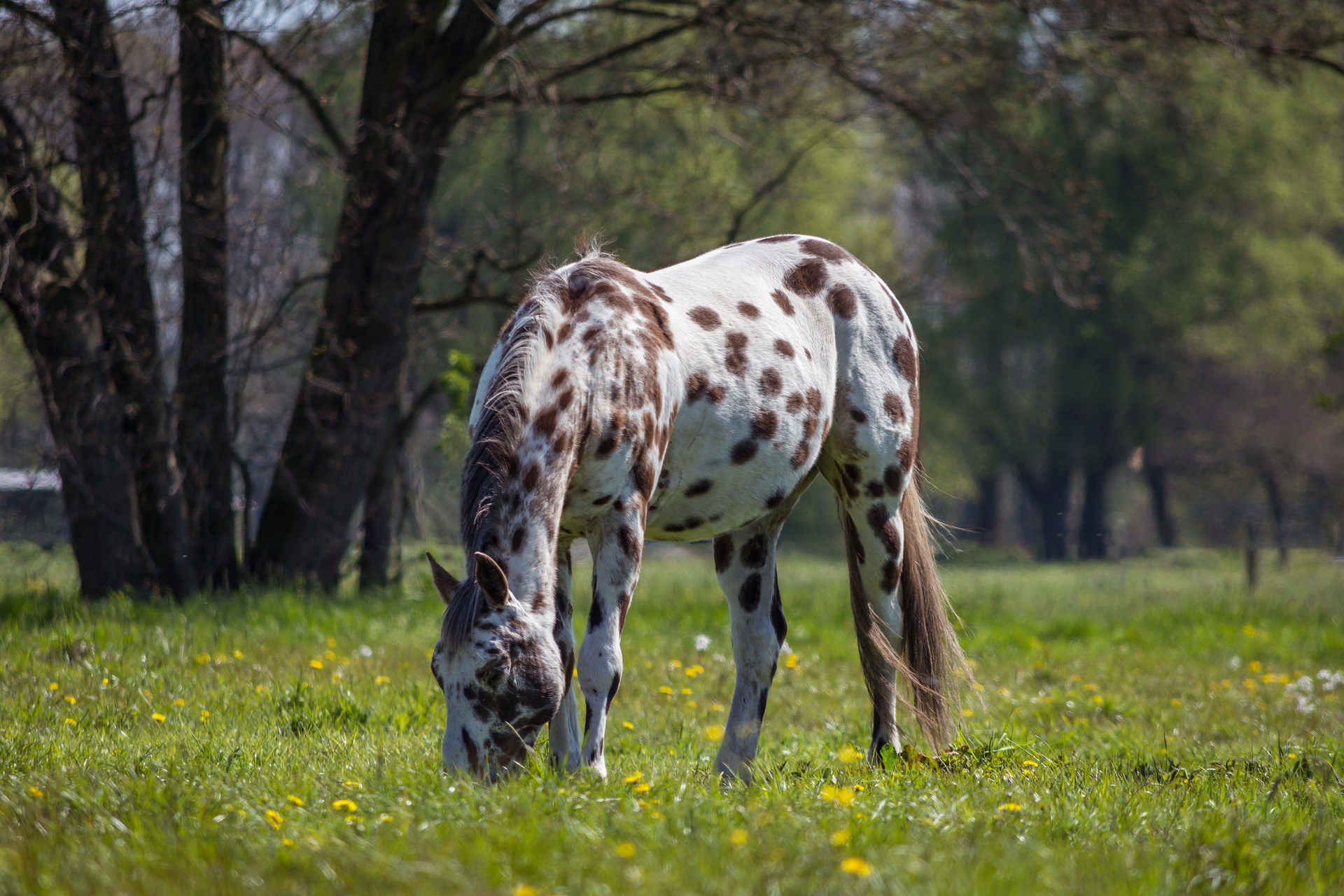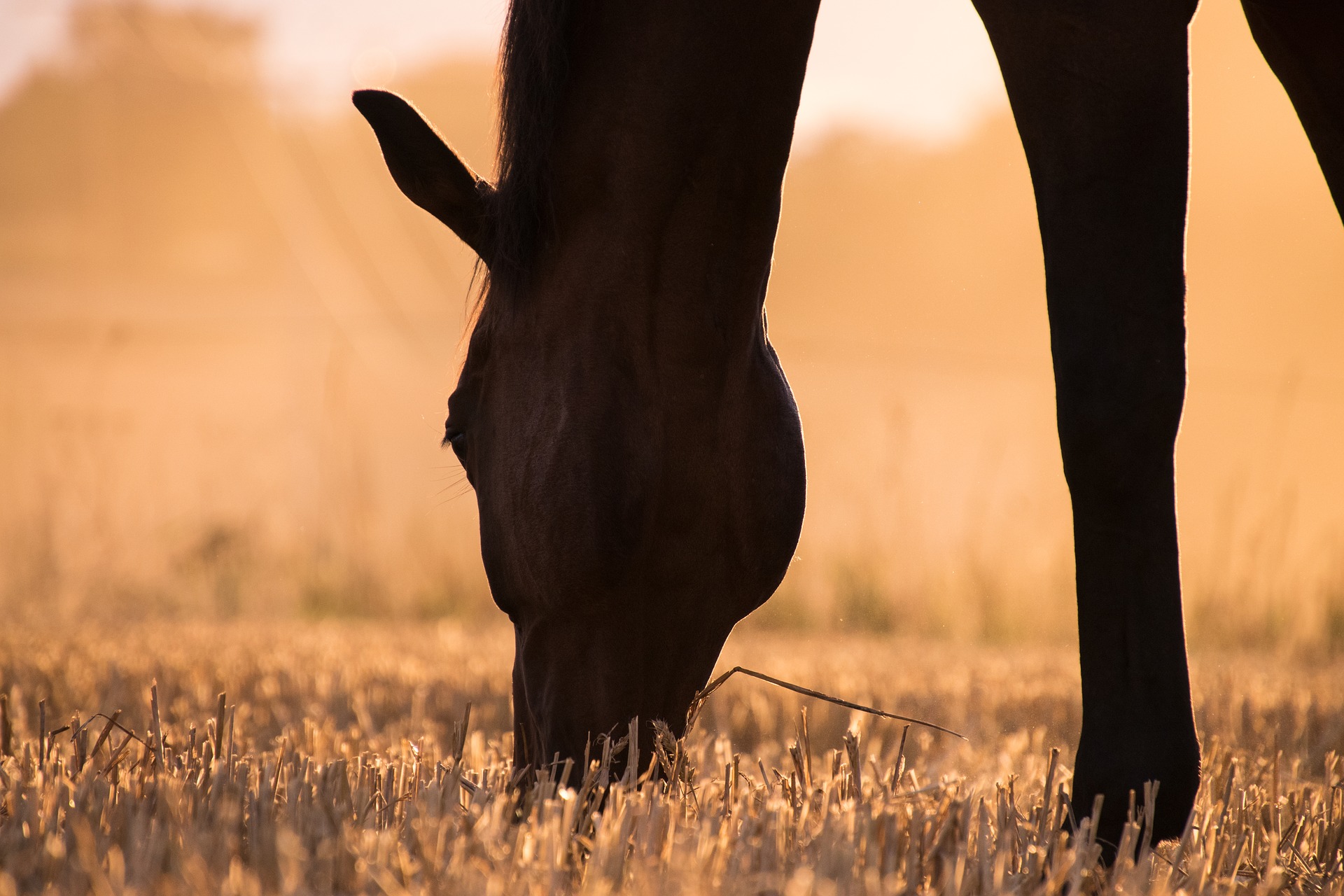
by Eleanor M. Kellon, VMD
Equines with uncontrolled Primary Pars Intermedia Dysfunction (PPID) are often more prone to high parasite burdens related to immunosuppression from the disease, so diligent deworming — and control of ACTH — is essential. The fecal egg count (FEC) has become the method of choice for determining when to deworm a horse but there are many shortcomings.
Most labs do simple flotations, which means manure is mixed with a concentrated sugar or salt solution then allowed to sit. The eggs will float up and attach to a microscope slide at the top of the container.
The first problem with FECs is they were designed to reduce contamination of the environment, not to make sure the individual is parasite free. Eggs passed in the feces is how parasites spread from horse to horse. However, only adults pass eggs so you know nothing about other life stages, or parasites not laying eggs, or eggs not mixed evenly into the manure.
Any of the following can be undetectable or easily missed:
- Immature or tissue forms of parasites
- Tapeworms
- Bots
- Pinworms
Even small Strongyles, which have the most commonly found egg in the FEC, often decrease or stop egg laying in winter.

There is also a problem with sampling and handling of the sample. Manure samples should be obtained from inside the rectum or immediately after they are passed. They need to be placed in a small sealed container to prevent drying and kept cool (refrigerator temps) until examined to avoid having eggs hatch. Flotation techniques cannot detect hatched larvae. Samples sent through the mail, or even over several hours by carrier without being cooled, are at best inaccurate and could be worthless.
Emphasis has been placed on FECs as a way to determine whether or not a horse should be dewormed. The rationale for this is to help slow the emergence of resistance to the currently used dewormer drugs. Unfortunately, there’s a downside – increasing levels of the large strongyle, S. vulgaris.
S. vulgaris, commonly known as the bloodworm, is the most dangerous parasite. It spends many months in an immature form migrating through the tissues and the blood vessels, often causing irreversible damage. Because this harmful life stage is undetectable on FEC, horses that could have been cleared of the infection are not being treated and the number of infected horses has risen dramatically:
Public Med 32904767
Public Med 22703964/
As for all parasites, younger horses, older horses (especially with PPID) and horses living on multi-horse farms are at highest risk of S. vulgaris infection. Several studies have also documented a high infection rate in feral horses.
Only ivermectin and moxidectin can kill the migrating S. vulgaris larvae. In light of emerging evidence that this parasite is making a comeback it would be wise to consider deworming with one of those drugs at least every six months. Include a drug active against tapeworms at least once a year. With PPID horses, even more frequent schedules may be indicated for best protection. Discuss this with your veterinarian.
About ECIR Group Inc.
Started in 1999, the ECIR Group is the largest field-trial database for PPID and EMS in the world and provides the latest research, diagnosis, and treatment information, in addition to dietary recommendations for horses with these conditions. Even universities do not and cannot compile and follow long term as many in-depth case histories of PPID/EMS horses as the ECIR Group.
In 2013 the Equine Cushing's and Insulin Resistance Group Inc., an Arizona nonprofit corporation, was approved as a 501(c)3 public charity. Tax deductible contributions and grants support ongoing research, education, and awareness of Equine Cushing's Disease/PPID and EMS.
THE MISSION of the ECIR Group Inc. is to improve the welfare of equines with metabolic disorders via a unique interface between basic research and real-life clinical experience. Prevention of laminitis is the ultimate goal. The ECIR Group serves the scientific community, practicing clinicians, and owners by focusing on investigations most likely to quickly, immediately, and significantly benefit the welfare of the horse.
This article originally appeared on Uckele Nutrition and is published here with permission.
There are more interesting and informative articles in our section on Health & Education.

































